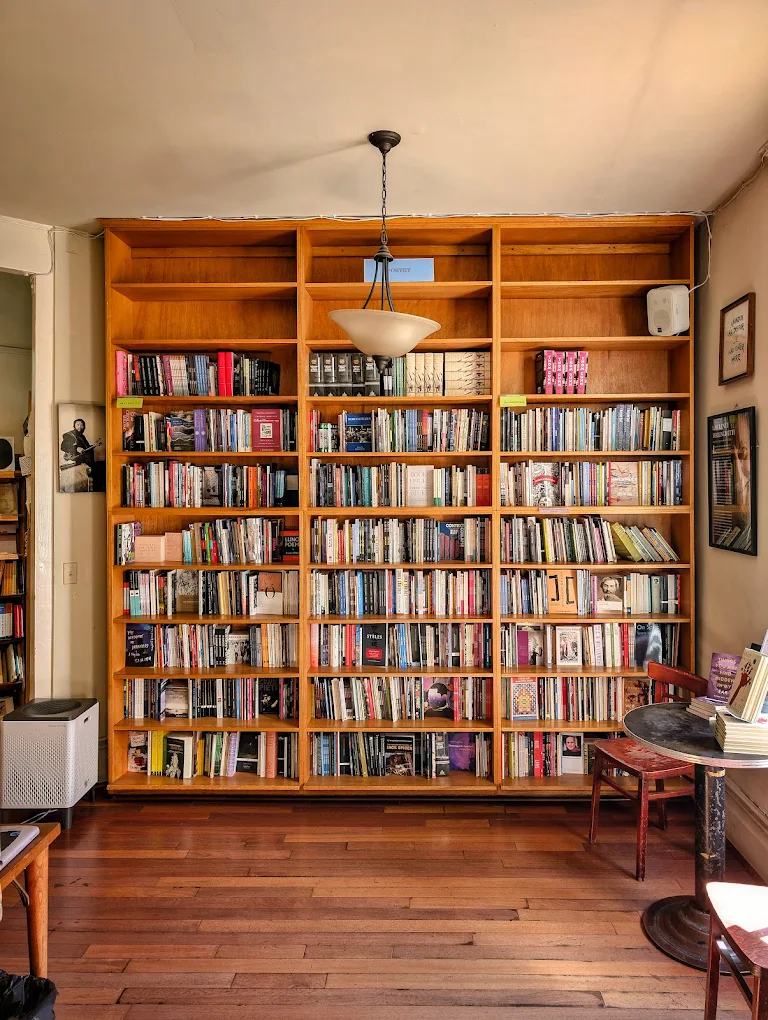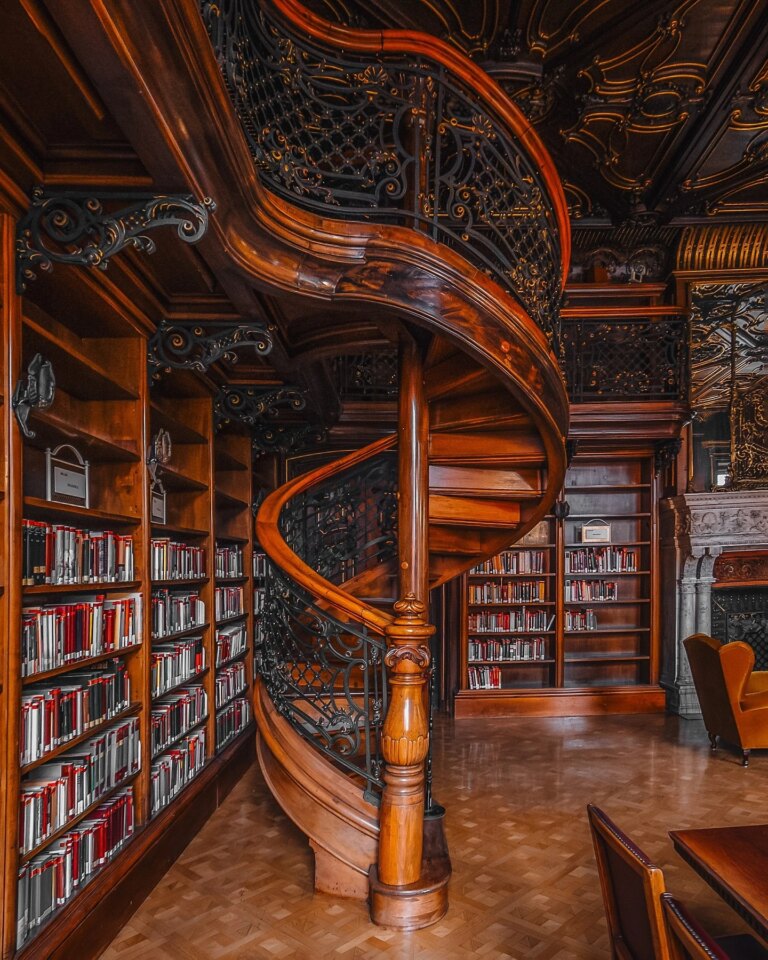Explore how novels, once seen as corrupting and dangerous in the 18th century, became today’s most celebrated form of culture and self-expression.
“Kids these days… they spend all their time on TikTok,” say the people who were once accused of spending all their time on Game Boys.
And those decriers of rudimentary handheld game consoles were criticized themselves, in their own younger days. Back then, they were lambasted for wasting time with Star Wars and Led Zeppelin when they could be enjoying Shakespeare and Chopin.
Perhaps you see what I’m getting at here. We humans love a moral panic, especially when there’s an opportunity to slag off the younger generation and indulge in a bit of cultural elitism.
While all these panics are different, there is a common thread: reading a novel is considered to be a higher art form, a more worthy use of our time. Don’t bother with seismic cultural touchstones like The Sopranos and The Wire, or Metal Gear Solid and Red Dead Redemption. Just read a novel… literally any novel.
But it hasn’t always been this way. Once upon a time, novels were considered to be moral poison, corrupting the youth and bringing society to its knees. That’s right… the beloved, unassailable medium of the novel became a threat to civilization as we know it.
The Emergence of the Novel
Literature in the early 18th century wasn’t quite the same as we might know it today. Whether in the form of epic poetry, dramatic scripts, or reams of prose, literature had been around for millennia, but the form of the novel wasn’t so common, at least not in Europe.

By the middle of the century, however, this had changed. Writers like Daniel Defoe and Samuel Richardson hadn’t exactly invented a new medium, but they had popularized it. Novels like The Life and Strange Surprising Adventures of Robinson Crusoe and Pamela became fashionable forms of culture.
Too fashionable, in the eyes of some. The term ‘Pamela-fever’ was coined, describing people who grew overly obsessed with Richardson’s 1740 novel.

Later in the century, the likes of The Sorrows of Young Werther by Johann Wolfgang von Goethe and Julie, or the New Heloise by Jean-Jacques Rousseau, inspired similar degrees of fanaticism. Their authors became the Beatles, or the Taylor Swifts of their day, achieving almost unprecedented levels of fame.
The novel had well and truly arrived.
Moral Corruption
All of the books mentioned above would be considered extremely respectable reading materials today, and perhaps even quite highbrow. But this was not the case in the late 18th century.

Critics of the time worried that people were slipping into a fantasy realm and losing their grip on reality. Novels were blamed for basically just about everything, from increasing promiscuity in young women to encouraging suicide and self-harm in young men.
One of these critics, Vicesimus Knox, called for the banning of novels altogether, arguing that people should instead read “true histories.” An article in Gentleman’s Magazine put forward the idea of a “sin tax,” with the hopeful notion of dissuading people from wasting their time with frivolous fiction.
Across the continent, commentators clutched their pearls in a manner similar to Helen Lovejoy from The Simpsons, if you’ll forgive the reference to something as base as a cartoon.
Fueling the Fire
As with many cases of moral panic, social commentators and the press backed up their sweeping statements with scant evidence. J.W. Appel, for example, claimed that a young man had tragically committed suicide while holding a copy of Goethe’s work. It is, of course, possible that this is true, but it seems somewhat fanciful, not to mention distasteful, to blame Goethe for this sad incident.

It’s much like when, in the 21st century, emo bands like My Chemical Romance were blamed for advocating self-destructive behaviors, after some high-profile cases in the media. Commentators by more than two centuries apart showed they were happy to exploit real-life tragedies in order to fan the flames of public opprobrium.

Reading-mania, or reading-lust, became a preoccupation right across Europe. Even with little evidence to back up the concern, the general public grew obsessed with stopping young people from reading too much.
The Endless Cycle of Panic
Reading-mania probably wasn’t the first moral panic, although the rise of mass media during the period certainly made its spread easier. What’s more certain is that it wasn’t the last. From satanic messages in Beatles tracks to peer-pressuring challenges on social media, plenty of things have been blamed for corrupting our youth and putting our social fabric at risk, but these panics are nearly always overblown.
What’s more, time has a habit of making them look pretty silly. A grandparent today, on finding a Black Sabbath record in their granddaughter’s room, is more likely to congratulate them on their music taste than call for the nearest exorcist.
Similarly, many parents today would probably be overjoyed if their kids wanted to read Goethe before bedtime, rather than playing on the iPad.

Perhaps it’s all a lot of stress over nothing. Read a book if it makes you happy, or have a chuckle at some cat videos on YouTube if you prefer. Life’s too short for cultural snobbery, and it’s definitely too short for worrying about the harmless things other people enjoy in their spare time.
Join our community of 1.5M readers
Like this story? You'll love our free weekly magazine.








